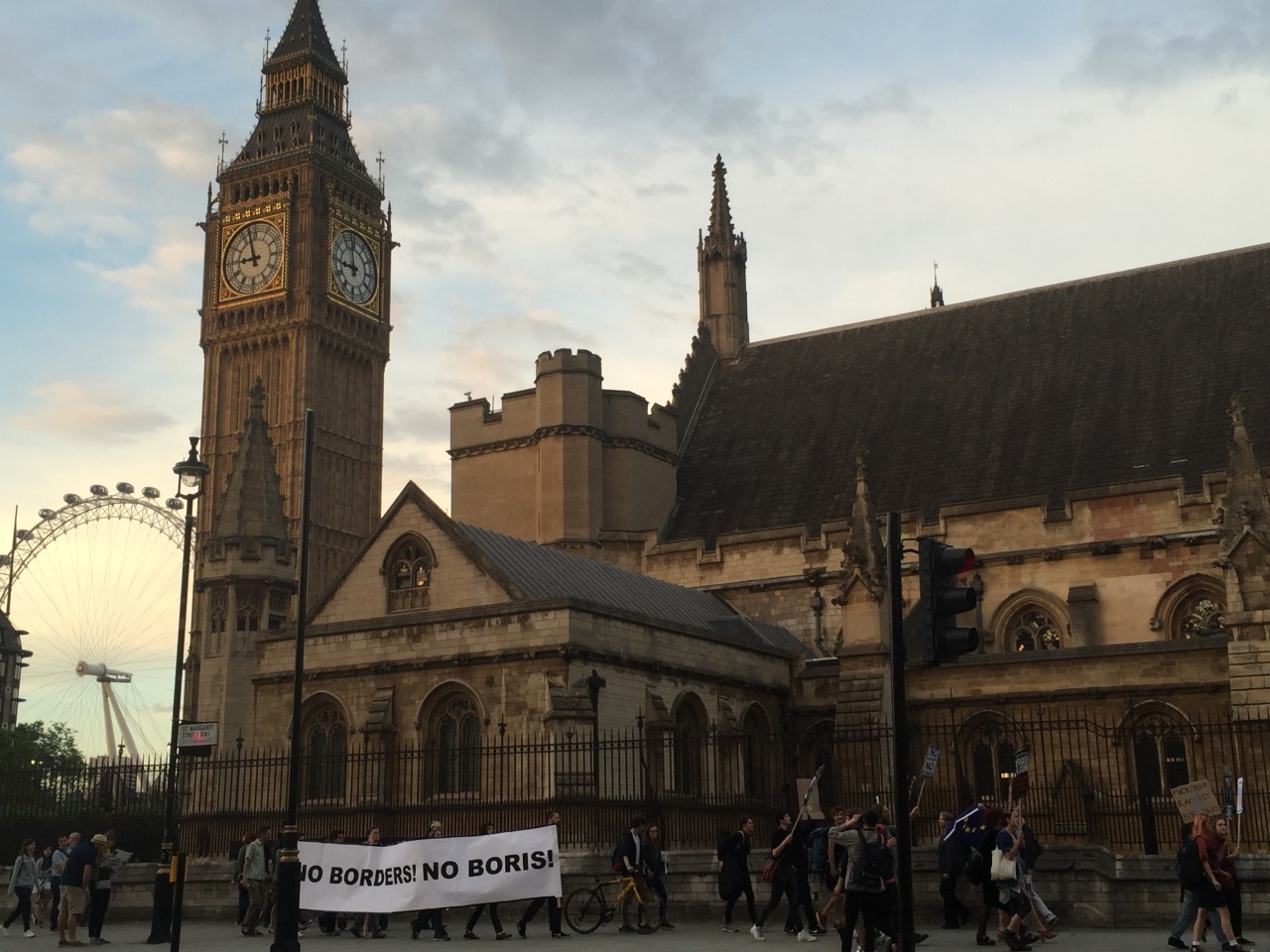DEEP∞MINIMALISM Friday 24 June 2016 – Sunday 26 June 2016

I managed to surprise myself as a person who is unhealthy obsessed with the preservation of experience: While I was amidst the music of this festival, it felt so wrong to take my camera out that I ended up taking zero photos.
I only had enough money to expend for two days of the festival: Friday and Sunday. On Friday, I had the pleasure of witnessing the world premiere of Daphne Oram’s once lost 1949 composition ‘Still Point’. The pieces laid claim to significance lies in its use of recorded sound as an instrument in its own right. The orchestra is in dynamic play with the turntablist, who records the orchestra and plays back the recorded product with the added color of some limited remixing and the inevitable fuzz of vinyl.

Oram writing a score. See: Oramics
Daphne Oram was an active musician at around the same time as electronic experimentalists like John Cage, Pierre Schaeffer, and Karlheinz Stockhausen. Music experienced a revolution when the recording had realized its plasticity. Early manifestations of electronic music had much to do with the manipulation of records and tape; pitch and timbre reigned free from the conventional musical instrument and was now under direction control of the artist, who could alter speeds, cut tape, and shift playback directions to achieve a desired sound. However understudied the legacy of British post-war electronic music is in contrast to its German and French contemporaries, Daphne Oram stood in the thick of it all. Daphne Orram and her peer, Desmond Briscoe, founded the BBC’s Radiophonic Workshop, the equivalent of France’s Radio Television Francaise and Germany’s Westdeutscher Rundfunk. British electronic music’s academic impoverishment had much to do with the operations of the nation’s only electronic studio, which functioned more as service wing to the BBC than a department to be seriously respected. The workshop did important work for radical radio plays in its early years, but the majority of its output consisted of jingles and sound for television programs. The first serious book on the BBC radiophonic work shop and Britain’s post war electronic music was released just in 2010 under the title ‘Special Sound’. And so I felt air of rightful justice as I heard Daphne Oram’s Still Point debut perhaps sixty years too late in the respectful and reverent confines of Saint John Smith’s square.

The referendum results / Brexit fall out happened that week. After I left the concert, I came across a group of protesters in front of Parliament
Sunday was a truly glorious day. And I wonder what my life would be like if I bled the extra thirty dollars I needed to attend the Saturday performances. I wish I wrote down this article earlier, because my memories of Sunday are a bit fuzzy. Everything on the program was great, but Pauline Oliveros has stood the test of time – I remember everything relating to her. Pauline sat 5 seats away from me during the entire festival. I glanced at her head of white hair very frequently. Her rock piece was delightful. Musicians, about a group of twenty, were each tasked to beat two rocks against each other with the conscious decision of perpetuating an arhythm and a lack of syncopation. It was mesmerizing to hear certain resonances spring up, but fade away just as quickly as they occurred.
Another piece I liked very much required the participation of the audience – I recorded the entire thing. We were all tasked to make sounds with our mouths, and while doing so, to try to either replicate the pitch of the person nearest us or to produce a totally unique pitch within one’s audible proximity. I never felt so happy. I’m not musically gifted and I’ve never been part of a symphony or orchestra, but it overwhelmed me to be a part of a biosystem of music, and I want to emphasize the word biosystem, because what Pauline had us do couldn’t be approximated by rehearsed performance. I was a part of a living and breathing network of sound. And for some miraculous reason, our collective consciousness stopped us all from continuing the exercise at about the same time. The piece ended like the resonance of a body of water perturbed by a small rock; like a chain, a group of people went quiet as the next group became quiet and the group after that until Saint John Smith’s Square became a vacuum of silence. I can’t put into words the beauty of this exercise, so I encourage all, if they ever have a chance, to experience this for themselves.
Pauline also gave a speech, but I can’t remember for the life of me what she said. I managed to approach her after the festival, and she was more than willing to give me a station ID. Laurie Spiegel’s presentation of selected works was also fantastic, as was Éliane Radigue’s OCCAM 1 and Meredith Monk’s Dawn from Book of Days. The festival led me to affirm the premonition I’ve always held: radical, challenging music need not be cerebral; electronic music of this vein has the ability to provide impact by pure, meditative feeling. Throughout the day I was impressed by my level of concentration. I thought at some point I would hit a wall, that I would be incapable of sustaining my attention to the concert for the entire eight hours, but that was not at all the case. As time progressed, I found myself further entrenched in a meditative state. The more I listened, the more my patience, my joy, and my love for music strengthened.
« 8-27-2016 ater midnight – Bernhard Wöstheinrich – Live on Music With Space
Summer Emo’s Queered Cartographies »
